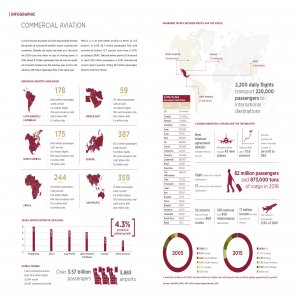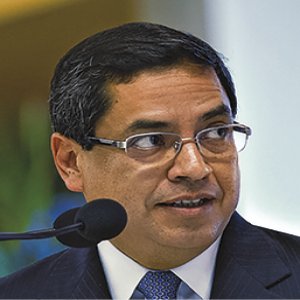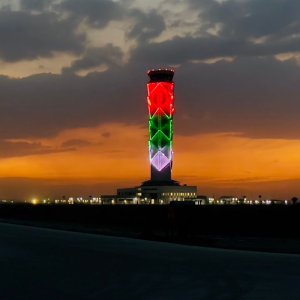Shuttling The Industry From A To B

STORY INLINE POST
Q: What are Transportes Aéreos Pegaso’s specifics in terms of air bases, capacity and aircraft?
A: Transportes Aéreos Pegaso is a Mexican helicopter company. We recently diversified from solely operating in the oil city of Ciudad del Carmen to include Villahermosa, Dos Bocas and Matamoros. We are in a position to cover other locations in the Gulf of Mexico, which we are still analyzing, particularly in the northern portion of the Gulf. Our current northern locations supply deepwater projects while our southern locations supply both deepwater and shallow-water projects. Our southern projects require small to medium-sized helicopters, while our northern projects necessitate medium to heavy aircraft. The passenger capability of Pegaso’s fleet ranges from six to 16 passengers and our models include Airbus Helicopters EC135, EC145, EC155 and the new H175. We choose our aircraft models in line with the new rules outlined by the International Association of Oil and Gas Producers (IOGP).
Q: What kind of aircraft demand are you seeing at each location and what influences that?
A: We have eight helicopters in Ciudad del Carmen, two in Dos Bocas, two in Villahermosa and four in Matamoros. Our onshore business in Toluca has been active with corporate flights, provided by two helicopters. At the moment, our entire company fleet comprises 26 helicopters but this year we are operating only 20. Our fleet size provides an important comparative advantage because we can offer each client two aircraft, one main aircraft and a backup. Of the remaining six helicopters, some models are rotating through our maintenance cycle while others are stored at our hangars in Ciudad del Carmen. These stored aircraft help us respond quickly to unanticipated requests from our customers.
Q: What is your strategy to ensure the best pilots are flying with Transportes Aéreos Pegaso?
A: Most of our staff are ex-military or ex-marine pilots with extensive training. Some of them instruct the remaining team members on the new standards, regulations and required training, which is then incorporated into their everyday tasks. We have a training program for new pilots with three levels of expertise, each comprised of 250 flight hours, including the operation of the newest aircraft technologies. For instance, the pilots operating the new EC175 model have a minimum of 6,000 hours of experience with our company. Pegaso also has a risk-management program to further improve the performance of our pilots.
Q: What are the main concerns from oil and gas clients and how does the company address them?
A: Those are usually related to incident or accident statistics and probability. A fundamental component for any helicopter or aviation company is its risk-mitigation strategy. Pegaso is proud to have accumulated 140,000 flight hours without incident. Our last accident was in 2003. Our success is largely due to the reliability of our Airbus fleet, with smooth motors, fast engines and an important comfort factor.
Q: What factors influence the makeup of Pegaso’s fleet?
A: We have been operating these models for a long time. When we first obtained them, we did so under a lease because we decided it was too early to integrate them into our portfolio. Today, demand is changing, the market is evolving, especially in deepwaters, and I think the new aircraft that are now being developed will eventually be in high demand. The new Airbus helicopter is the AC160, for example, which will debut in 2019. We are excited about its eventual potential but right now we feel it is too early to incorporate it into our portfolio since the aircraft is still in development. We are not opposed to the idea of integrating this model in our fleet in the coming years but it is not our primary concern at the moment. Also, integrating a new model into a fleet takes between 18 to 24 months, so any decision we make today will not come to fruition until that time. Our fleet strategy must be adapted to the evolution of the oil market and its inherent risk factors.
























